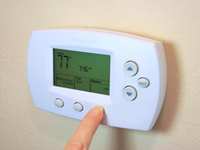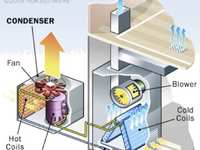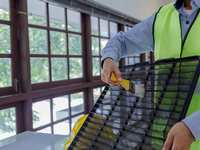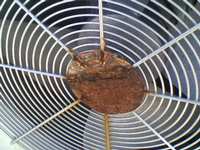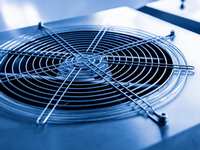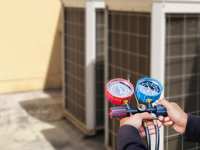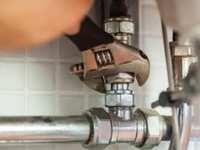10 Parts of Your HVAC You Need to Know
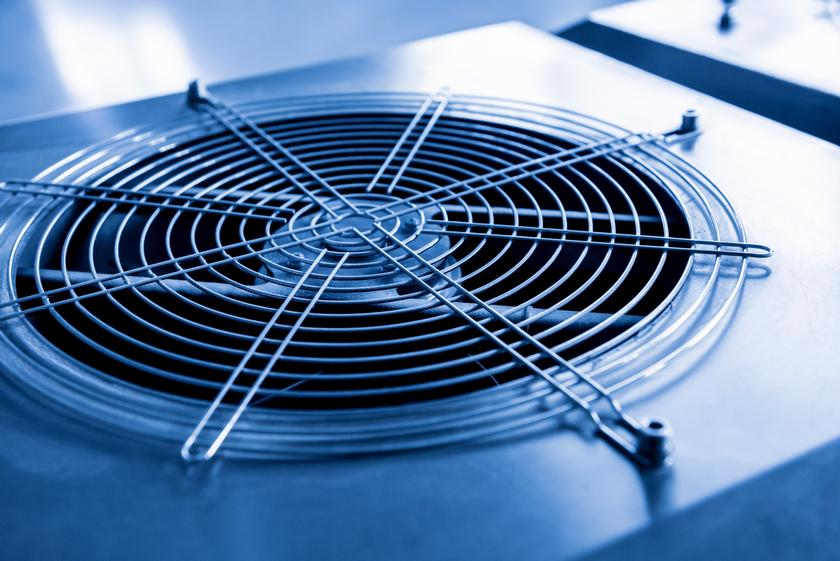
he HVAC system is one of the most important things to maintain in your home. It is responsible for heating, cooling, controlling humidity and cleaning the air we live in and breathe every day. It is a key piece of any home and can be an expensive piece to repair or replace if you do not treat it right. The key to treating your HVAC system right is to know a little more about it. Here we will discuss the 10 most important parts of an HVAC system so you can keep your system in Conroe, TX, Willis, TX, or Montgomery, TX running smoothly for years to come.
1. Thermostat
This is the piece of the HVAC unit that everyone is familiar with and may not even realize what an important piece of the HVAC unit this is. The thermostat controls the temperature and maybe even other things like humidity levels. It uses sensors to tell the temperature and communicate with the HVAC system on what to do. They are best when located centrally in the home and away from any drafty or overly warm areas. On the market today are a host of programmable or smart thermostats that you can schedule, program or will learn your habits to regulate the temperature automatically and save you money.
2. Furnace
The furnace is another piece of the HVAC that you are most likely familiar with. It is the large piece of equipment, usually located in the basement, attic or utility room, that pushes hot or cool air out to the home. This is a very important piece to have professionally maintained. They are expensive to fix and replace so scheduling regular maintenance is key. An HVAC tech will be able to clean it, replace filters, inspect the fan and generally ensure it is in good working order to prevent something major from happening.
3. Ductwork
These are the pieces of metal tubing that run through your home, in the ceilings or walls, and deliver the hot or cold air to each room. If they run through spaces like attics or crawlspaces that are not temperature controlled they should be insulated and they should be checked for leas occasionally too. Ductwork leak can cause major strain on your HVAC unit and lead to a breakdown or rising energy bills.
4. Vents
Vents are usually made of metal or wood and are the areas where the ductwork delivers the air to before it is spread throughout the room. They are usually relatively easy to maintain but should be cleaned and dusted occasionally so as not to have those contaminates dispersed in your breathing air. Make sure they are not blocked by furniture too so you get the full benefit of the air being provided by the HVAC system.
5. Heat Exchanger
Now we get into the parts of the HVAC system that you may be less familiar with or have never heard of at all. The heat exchanger is a key part of your furnace. This compartment’s job is to swiftly warm up the air that comes into the furnace and get it ready to be expelled into the home. These pieces can be fueled by natural gas burners or electricity, in which case they use heated coils to heat the air. This may be the most crucial part for an HVAC professional to inspect yearly as it can cause carbon monoxide to leak when not functioning properly.
6. Combustion Chamber
This is where gas and fire and oxygen mix for the heating process to begin in the heat exchanger. There are gas and electric systems that work in slightly different ways but the idea is the same. These three elements mix to form a flame that heats the air. This is where your pilot light comes in. You may have to relight it in older models if it goes out and it will begin to smell like gas. Make sure you have carbon monoxide detectors installed somewhere near your furnace to prevent harm from issues like this.
7. Blower Motor
The name says it all with this part of your HVAC system. This is a motor that powers a fan that blows the hot air out of the heat exchanger and into the ductwork, heating your rooms. There are two types of blower motors, full speed, and variable speed. A variable speed motor is a quieter and more energy efficient of the two options.
8. Evaporator Coil
On the opposite end of the spectrum from the heat exchanger is the evaporator coil. This takes the air in the furnace and cools it before it is forced out into your home. This system uses refrigerant to cool the air brought in by the return ductwork in your home to create cold air which is then pumped back out. Two issues that can occur with an evaporator coil is mold growth and icing. You may be able to see these things, depending on your unit but again, it is best to have these checked by a pro seasonally.
9. Condensing unit
This is the unit, located outside of the home that most people associate with home air conditioning. It houses the refrigerant that is pumped into the evaporator coils in the furnace and then turned into cool air in the process described above. While it is also good to get this checked by a pro occasionally, there is also maintenance you can easily do yourself by keeping it clean and free of outside debris. You can also TURN IT OFF (that is an important first step) and rinse it out with your hose once or twice a year.
10. Refrigerant lines
The final piece of the AC function of your HVAC, the refrigerant lines are generally made of copper or aluminum and they carry the refrigerant from the condensing unit outside, to the evaporator coils in the furnace to begin the process of cooling the air.
Conclusion
Now that you know a little more about your HVAC system, you will be able to maintain it and keep it running smoothly. If you ever do have issues, call in the professionals though. In Conroe, TX, Willis, TX, or Montgomery, TX call on the professional at TCS AC & Heating for all your HVAC needs. They offer affordable heating and air conditioning services, repairs, installations and more.


